Beach flags are an essential tool for safety, informed decision-making, and a richer beach experience.
The beach is a place of wonder and beauty, where the sun, sand, and sea come together to create a captivating landscape.
But the beach is also a place of danger, where rip currents, marine life, and other hazards can pose a threat to swimmers and beachgoers.
That’s why it’s important to understand the diverse array of colors that decorate the beach landscape.
In this post, we’ll explore the significance of understanding beach flag colors and provide an overview of the topics we’ll be exploring in this post.
Overview
The Language of Beach Flags
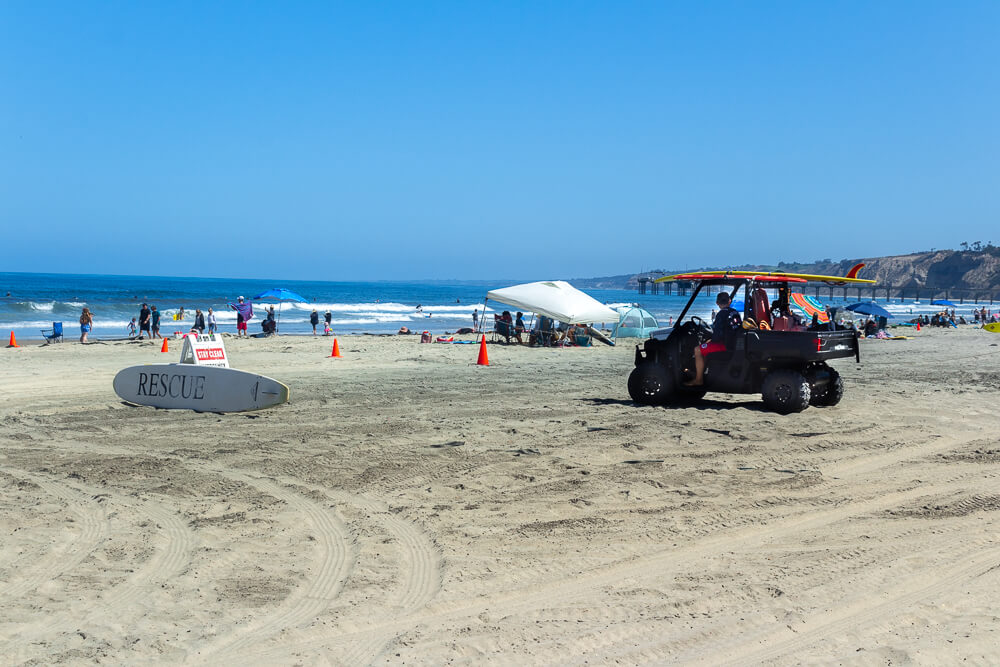
Beach flags are more than just colorful decorations on the shoreline.
They are a symbolic language that communicates vital information to beachgoers. Each color represents a different message, from the calm waters of a green flag to the dangerous marine life of a purple flag.
The power of symbolism is on full display with beach flags, as colors convey messages without words.
But beach flag colors do more than just look pretty – they bridge the gap between beauty and practicality on the shoreline.
By understanding the language of beach flags, you can stay safe, make informed decisions, and enjoy a richer beach experience.
What Each Beach Flag Color Means
A. Red Flag
The red flag is one of the most important beach flags, as it warns of hazardous water conditions and strong currents that can pose a serious threat to swimmers.
When the red flag is raised, it’s important to avoid swimming and stay out of the water until conditions improve.
Real-world examples of when the red flag might be raised include high surf advisories, rip current warnings, and storm surge alerts.
B. Yellow Flag
The yellow flag is a cautionary signal that indicates potential hazards in the water.
It encourages increased awareness and vigilance among beachgoers, who should exercise caution when swimming or wading in the ocean.
Specific situations that might lead to the yellow flag being raised include moderate surf advisories, rip current risks, and jellyfish sightings.
C. Green Flag
The green flag is a symbol of safety that communicates that conditions are suitable for swimming.
It represents calm waters and gentle currents that are ideal for leisurely enjoyment in the ocean.
D. Purple Flag
The purple flag is a unique beach flag that highlights marine life risks such as jellyfish and sharks.
When the purple flag is raised, it’s important to exercise caution and stay alert for any dangerous sea creatures in the water.
E. Blue Flag
The blue flag is a calming presence on the beach that indicates tranquil waters with minimal hazards.
It’s often raised in areas where swimming is safe and enjoyable, such as lagoons or protected coves.
Local Variations & Additional Beach Flags
While beach flags are standardized in many countries, there may be regional differences that introduce their own flag colors for unique conditions.
For instance, in the United States, a primary palette of five colors is employed to convey various beach warning signals.
In contrast, Australia relies on 3 primary beach flag colors.
It’s important to adapt to local flag meanings when traveling to different beach destinations to ensure safety and avoid confusion.
However, the universal principles of beach flag symbolism remain the same – to communicate vital information to beachgoers and promote a safer, more enjoyable beach experience.
By understanding the language of beach flags and respecting local nuances, you can stay safe and make the most of your time on the shoreline.
The Role of Beachgoers
Beach safety is a shared partnership between lifeguards and visitors.
It’s important for beachgoers to take personal responsibility for their safety and the safety of others by following flag warnings and respecting local beach regulations.
By doing so, you can help mitigate risks and contribute to a safer environment.
Real-world examples of how respecting flag signals can prevent accidents and emergencies.
For example, avoiding currents, marine life hazards, and staying out of closed areas.
Tips for Staying Safe at the Beach

As you venture into the embrace of the beach, safety becomes a paramount concern.
While the allure of the sun, sand, and waves beckons, it’s essential to navigate this paradise with awareness and precaution.
Here are three vital tips to keep in mind as you soak in the splendor of the shore.
By embracing these insights, you can ensure your beach experience is not only breathtakingly beautiful but also safe and worry-free.
Swimming near lifeguards
Swimming near lifeguards is the most effective way to ensure your safety at the beach.
Trained professionals can respond quickly in case of an emergency.
They can spot potential hazards in the water and alert swimmers to any risks.
If you’re not a strong swimmer, it’s particularly important to swim near a lifeguard, as they can keep an eye on you and provide assistance if needed.
Look for the lifeguard station and swim within the designated area:
They typically set up lifeguard stations in specific areas of the beach for a reason.
Locate the nearest lifeguard station and swim within their designated area.
This ensures that you are under their watchful eye and assistance is readily available if needed.
Follow the lifeguard’s instructions and advice:
Lifeguards are trained professionals who are there to ensure your safety.
They have valuable knowledge about the beach’s conditions, potential hazards, and the safest practices for swimming.
Pay attention to their instructions and follow their advice.
If they signal you to move closer to shore or avoid a certain area, it is important to listen and comply.
Ask the lifeguard about the current water conditions and any potential hazards:
Prior to entering the water, approach the lifeguard and ask about the current water conditions.
They can provide you with information on factors such as rip currents, wave height, water temperature, or any other potential hazards you should be aware of.
This knowledge will help you make informed decisions and stay safe while swimming.
Pay attention to beach warning flags and signs
Beach warning flags and signs are crucial tools for communicating with visitors about the current beach conditions.
As we discussed earlier in this article, each flag has a specific meaning, indicating any potential hazards such as rip currents, dangerous marine life, or thunderstorms.
It’s essential to pay attention to these flags and signs and adjust your activities accordingly.
Sunscreen & Staying Hydrated
Sunscreen and hydration are essential components of your beach safety regimen, ensuring your well-being and enjoyment under the sun’s warm embrace.
Sunburn and heatstroke are ever-present hazards, particularly during the scorching summer months when the sun’s rays are at their most potent.
By integrating sunscreen application and proper hydration into your beach routine, you fortify your defenses against these potential pitfalls.
Safeguarding Your Skin: The Power of Sunscreen
The sun’s rays may offer a golden glow, but they also carry a potent punch that can harm your skin.
To counteract this, opt for a sunscreen with a Sun Protection Factor (SPF) of at least 30—a reliable shield against the sun’s ultraviolet (UV) radiation.
Applying sunscreen should become a ritual, ideally 30 minutes before stepping outside.
By doing so, you provide your skin with ample time to absorb the protective layer that shields you from UV damage.
A Dance of Reapplication: Sunscreen Wisdom
As you revel in beach activities, remember that sunscreen’s efficacy has a lifespan.
Reapply it every two hours to maintain its protective prowess.
If you’re swimming or perspiring, consider reapplication even more frequently to ensure a consistent barrier.
This simple act ensures that your skin remains guarded against the sun’s rays and prevents the unwelcome surprise of sunburn once you’ve retreated from the shore.
The Cool Quencher: Staying Hydrated
The beach’s shimmering panorama might tempt you to lose track of time but don’t forget to quench your body’s thirst.
Heat and sun exposure can lead to dehydration and shouldn’t be underestimated.
While the cool sea breeze might provide respite, your body’s water demands can surge.
Make it a habit to drink plenty of water throughout the day, irrespective of whether you feel thirsty.
Staying hydrated helps regulate your body temperature and prevents the onset of heat-related ailments.
In the harmony of sunscreen application and proper hydration, you craft a defense mechanism that not only protects your skin’s health but also elevates your beach experience.
Amid the laughter, sandcastle building, and gentle splashes, your well-being remains a priority, underscoring the art of soaking in the sun’s warmth while ensuring your body’s cool comfort.
Beware of Rip Currents
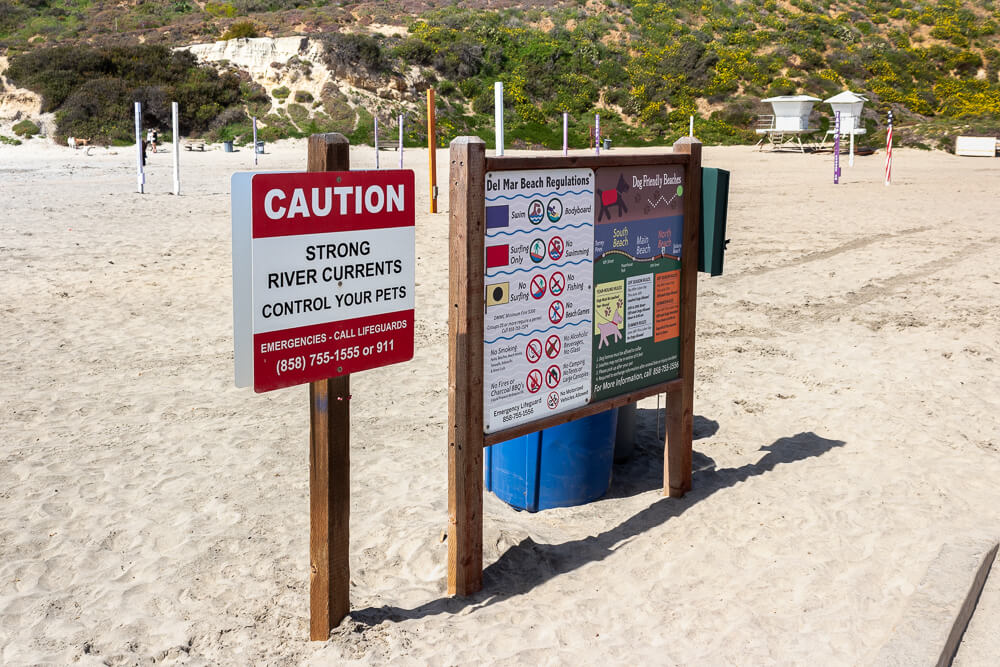
Rip currents are powerful, fast-moving currents that can pull swimmers away from shore.
They are the leading cause of beach-related fatalities, so it’s essential to learn how to identify and avoid them.
Here are some tips for learning about rip currents:
- Look for signs posted on the beach that warn of rip currents.
- Learn how to identify rip currents by observing the water. They often appear as a channel of choppy water between breaking waves.
- If you’re caught in a rip current, don’t panic.
- Swim parallel to the shore until you’re out of the current, then swim back to the beach.
F.A.Q.s.
What Do the Different Beach Flags Mean?
Beach flags are used as a visual communication tool to convey important information to beachgoers about water and beach conditions.
Different flag colors indicate varying levels of safety, potential hazards, and water conditions.
Common beach flag colors include red, yellow, green, purple, and blue.
Each color carries a distinct meaning, providing guidance to help you make informed decisions while enjoying the beach.
What Is the Safe Flag on the Beach?
The safe flag on the beach is typically the green flag.
It indicates that the water conditions are relatively calm, there are no strong currents, and the beach is considered safe for swimming and other water activities.
The green flag signifies that there are minimal hazards present, allowing beachgoers to enjoy the water with greater confidence.
What Color Is the Shark Flag at the Beach?
The shark flag, also known as the shark warning flag, is typically a solid blue flag with a black shark silhouette in the center.
It’s raised when there is a credible sighting of sharks or when shark activity is suspected in the vicinity.
The purpose of the shark flag is to alert beachgoers and swimmers of the potential presence of sharks in the water, urging caution and heightened awareness.
What Is a White Flag at the Beach?
The white flag at the beach usually indicates the presence of lifeguards on duty.
It’s a symbol that trained lifeguards are actively monitoring the beach and water, ready to provide assistance in case of emergencies.
The white flag serves as a reassurance to beachgoers that professional help is available if needed.
It’s important to note that the exact meanings of beach flag colors can vary slightly from one location to another, so it’s a good practice to familiarize yourself with local flag signals when visiting a new beach.
Conclusion
In conclusion, the world of beach flags is a fascinating realm where colors play a crucial role in ensuring both the safety and the preservation of the beach’s natural beauty.
Throughout this exploration, we have uncovered the significance of each color and its purpose in guiding beachgoers.
From the vibrant red flags that warn of strong currents to the calming blue flags indicating a safe swimming area, these colors act as a bridge between our desire for leisure and the need for protection.
As we have delved into the world of beach flags, we have come to appreciate how these simple yet powerful symbols can enhance our beach experiences.
They serve as a constant reminder that while we revel in the beauty of the shoreline, we must also respect and adhere to the guidelines put in place for our safety.
Next time you find yourself on the beach, take a moment to observe the flags fluttering in the breeze.
Recognize the effort that goes into maintaining a delicate balance between our enjoyment and the preservation of the beach’s natural ecosystem.
By understanding and respecting the meaning behind the colors, we can create a harmonious coexistence with nature while still relishing the joy of beach activities.

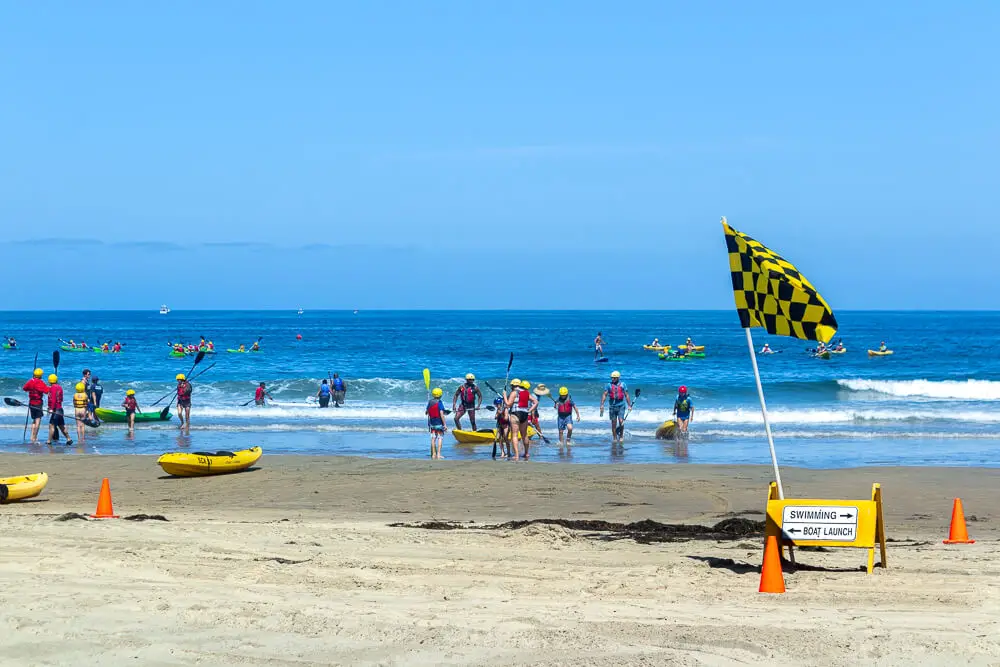

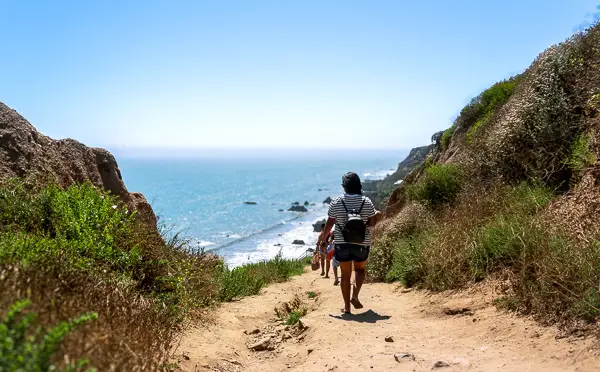

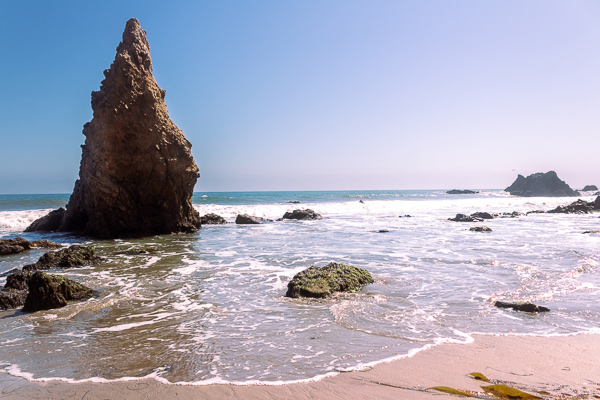
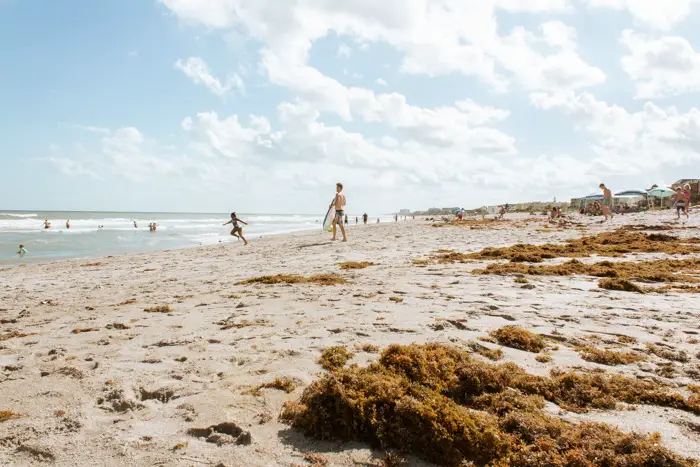
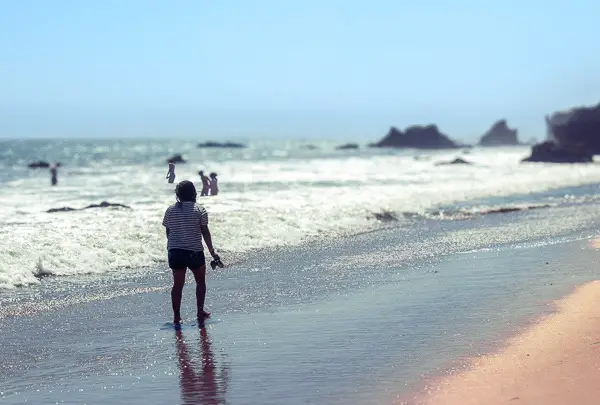

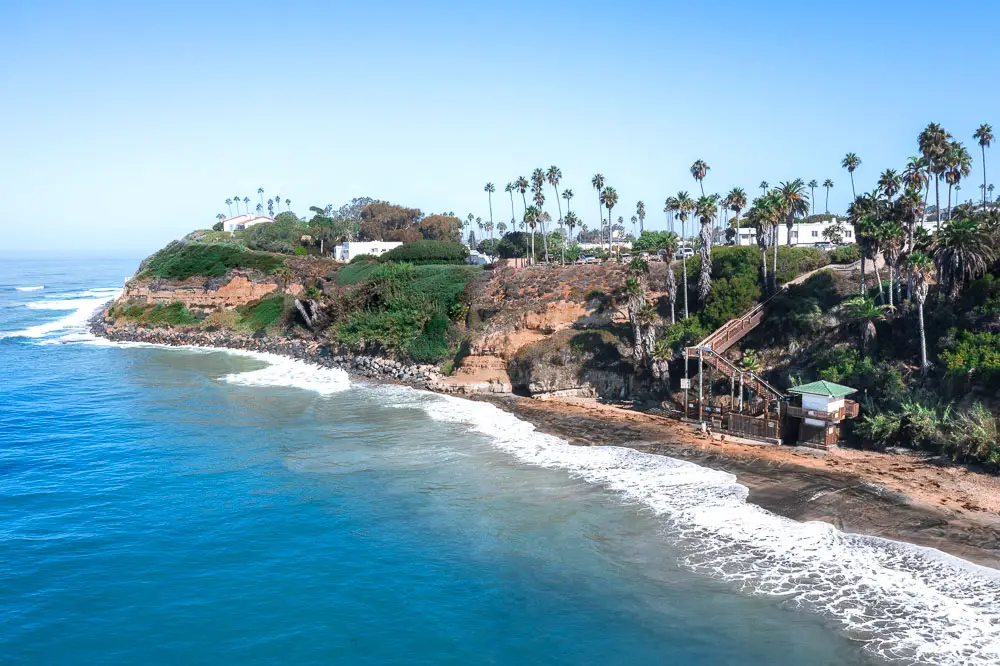



0 Comments